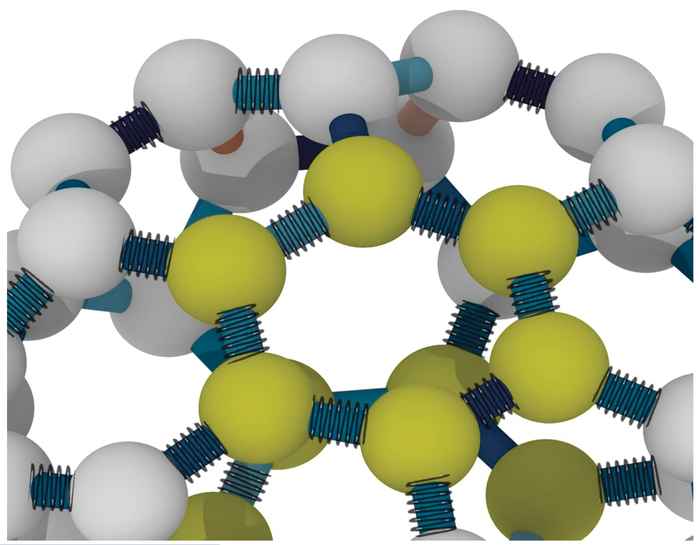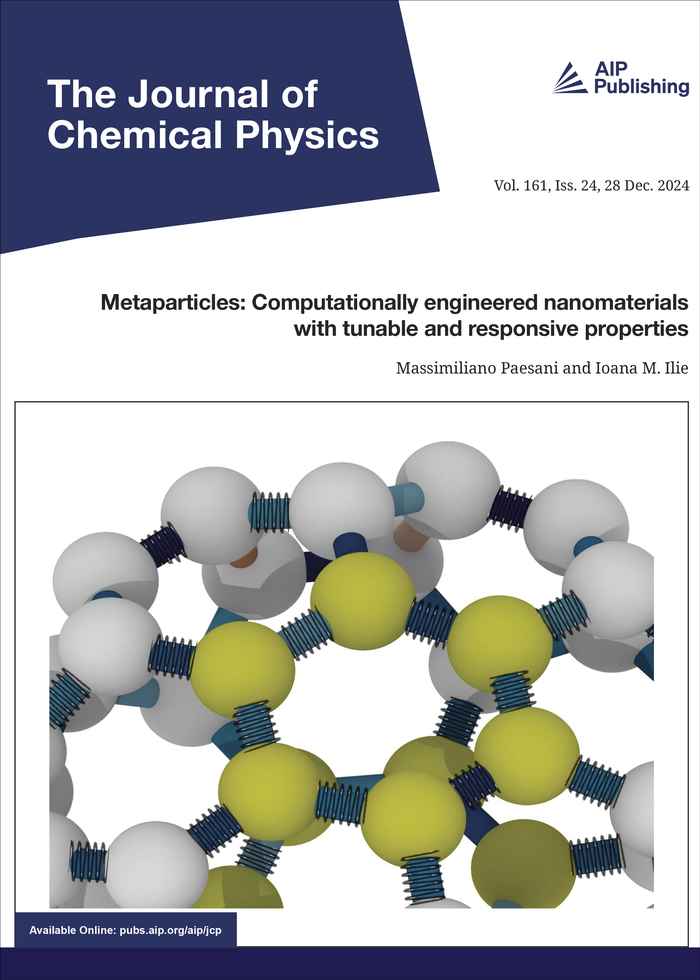MetaParticles allow versatile modelling of soft nanoparticles in a biological environment
15 January 2025

The Ilie research group aims to understand and control the behaviour of nanoparticles within biological environments, with a focus on the interactions with cellular membranes. By gaining insight into the mechanisms of cellular uptake and potential membrane disruption, Ilie and co-workers hope to aid the development of more effective actively targeted nanotransporters.
At the heart of the research is the use of coarse-graining simulations that allow the exploration of experimentally relevant phenomena while preserving key properties of both the membrane and the nanoparticle. To aid this, the Ilie group has now developed MetaParticles, computational particles that incorporate the mechanical and physical properties of nanoparticles in the biological environment. A special feature is that MetaParticles allow to model the intrinsic flexibility of nanoparticles. This arises from variations in their hydrodynamic radius due to ligand decoration, biomolecular coverage, or the use of soft-core platforms like proteins and micelles. Although this is a critical property, it is often overlooked.
Modular, tuneable and responsive
The MetaParticle concept is based on arranging beads in a symmetrical fashion and interconnecting them with springs. This thus constitutes a versatile modular particle with tunable and responsive properties. By adjusting the springs that connect the beads, it can be tuned to become either more flexible or more rigid. By endowing the beads with attractive properties, the surface becomes heterogeneous. Adjusting bead arrangement results in an anisotropic MetaParticle which enables the study of phenomena such as aggregation, cellular uptake or material behavior. Thanks to its generic nature, the MetaParticle model can be used to gain understanding of mechanisms across a wide range of fields, from biomedical nanoscience to macroscopic metamaterials.
Abstract, as published with the paper
In simulations, particles are traditionally treated as rigid platforms with variable sizes, shapes and interaction parameters. While this representation is applicable for rigid core platforms, particles consisting of soft platforms (e.g. micelles, polymers, elastomers, lipids) inevitably deform upon application of external stress.

We introduce a generic model for flexible particles which we call MetaParticles (MP). These particles have tunable properties, can respond to applied tension and can deform. A metaparticle is represented as a collection of Lennard-Jones beads interconnected by spring-like potentials. We model a series of metaparticles of variable sizes and symmetries, which we subject to external stress followed by relaxation upon stress release. The positions and the orientations of the individual beads are propagated by Brownian dynamics.
The simulations show that the mechanical properties of the metaparticles vary with size, bead arrangement and area of applied stress, and share an elastomer-like response to applied stress. Furthermore, metaparticles deform following different mechanisms, i.e., small MPs change shape in one step, while larger ones follow a multi-step deformation pathway, with internal rearrangements of the beads. This model is the first step towards the development and understanding of particles with adaptable properties with biomedical applications and in the design of bioinspired metamaterials.
Paper details
Massimiliano Paesani. Ioana M. Ilie: Metaparticles: Computationally engineered nanomaterials with tunable and responsive properties. J. Chem. Phys. 161, 244905 (2024) DOI: 10.1063/5.0232274
See also
- Tenure track position for computational biophysicist Ioana Ilie
- Explanation of the research at Kudos
- Ilie research group: Multiscale simulations of biomolecular systems
- Computational Chemistry group at HIMS